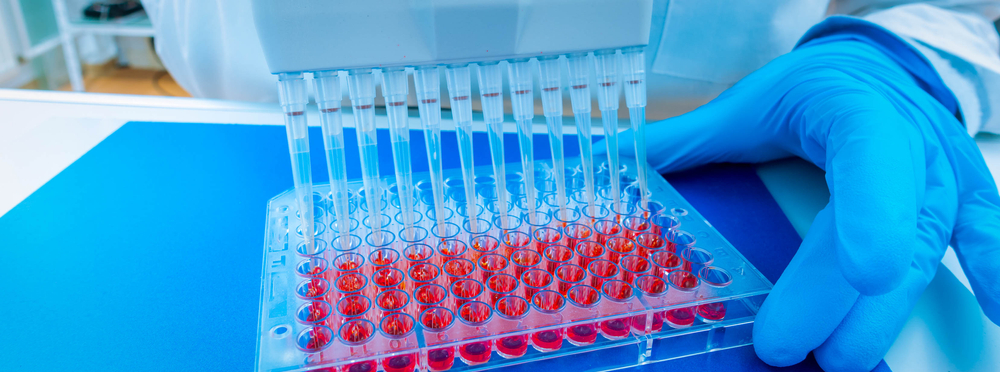Stem cell therapy represents one of the most promising advances in modern medicine. Due to both its effectiveness and versatility, this regenerative medicine has opened the door to treating a range of diseases and conditions – including those previously thought incurable. By harnessing the unique regenerative abilities of stem cells, it has the potential to repair damaged tissue, regenerate organs, and offer new solutions for chronic illnesses.
However, as with any groundbreaking advancement in medicine, there have been notable challenges along the way with this treatment type. In this guide, we explore what are the pros and cons of stem cell treatment.
What Is Stem Cell Treatment?
Stem cell treatments are based on the process of repairing or replacing damaged cells, organs, and tissue in the body with stem cells. Stem cells are unique because they have the ability to develop into various cell types. These cell types include:
- Embryonic stem cells: Derived from early-stage embryos, embryonic stem cells have the potential to be transformed into any type of cells in the body.
- Adult stem cells: Adult stem cells, found in tissues like bone marrow, don’t possess the same level of capabilities as their embryonic counterparts. However, they are still used for various treatments.
- Induced pluripotent stem cells (iPSCs): Due to the limitations of adult stem cells on their own, iPSCs see these cells being genetically reprogrammed to an embryonic stem cell-like state.
The type of stem cell used depends on the course of treatment, whether that is regenerating damaged tissues or combating diseases.
For further reading: What Are Stem Cells?
The Pros of Stem Cell Treatment
As you would expect, there are numerous benefits gained from stem cell therapy. The main benefits include:
Medical advancements and potential
When discussing what are the pros and cons of stem cell treatment, there’s only one place to start. Stem cell treatments have led to significant breakthroughs in helping treat conditions once deemed incurable. An example of this is with regenerating spinal cord injuries. At BioXcellerator, we have helped many patients with back injuries, and this includes offering hope to those with paralysis.
The ability to grow new tissues and organs could continue to revolutionize the field of regenerative medicine. This has the potential to further supply innovative solutions for injuries and diseases which currently lack effective treatments.
Reduced risk of rejection
A major advantage of stem cell treatment is the reduced risk of immune rejection. This is particularly the case when using a patient’s own cells. Unlike traditional transplants – which can be rejected by the immune system – autologous stem cell therapies utilize the cells in the body of the patient.
This approach improves the success rate of treatments. At the same time, it also reduces the need for immunosuppressive drugs – the types of which can have serious side effects.
Minimally invasive procedures
Compared to traditional surgical methods, stem cell treatments are often minimally invasive. Procedures like injecting stem cells into damaged tissues or joints can be performed with minimal discomfort and recovery time for the patient. In a number of cases, patients are able to return home on the same day as their procedure.
This less invasive approach also reduces the risks associated with surgery. By avoiding the likes of infection and prolonged hospital stays, stem cell treatment can be a significantly less disruptive medical solution.
Learn more: What Are Stem Cell Injections?
Chronic disease management
Stem cell therapy offers new avenues for managing various chronic diseases, including diabetes, heart disease, and Parkinson’s disease. By regenerating damaged tissues and organs, stem cells improve the function of affected areas. The result is better disease management and enhanced quality of life for patients.
Personalized medicine
Stem cell treatments can be designed specifically for individual patients. This paves the way for personalized medicine. For instance, by using a patient’s own cells, therapies can be customized to address specific medical conditions. By offering more precise, effective treatment options, this tailored approach can both improve outcomes and reduce the risk of adverse reactions.
The Cons of Stem Cell Treatment
We’ve covered the pros of stem cell treatment. Now, it’s time to discuss the negative points associated with this treatment method.
Ethical and moral concerns
Ever since stem cell treatment became a viable option, the main contentious issue revolves around ethical debates. The extraction of embryonic stem cells involves the destruction of embryos, which has raised concerns among various religious and ethical groups. However, due to the rise of using adult and induced pluripotent stem cells, the moral implications of stem cells have become less of a pressing concern.
Cost and accessibility
The high price tag attached to stem cell therapies can be prohibitive for many patients. Advanced treatments, which implement cutting-edge technology and involve complex procedures, result in a stem cell therapy cost that’s too expensive for a lot of people. This is especially the case when these treatments are not covered by insurance, which is common in the United States due to most stem cell therapies not being FDA-approved.
Additionally, the need to travel internationally can further impact the accessibility of treatment for patients. With acclaimed treatment centers in the likes of Colombia, Europe, and Asia, travel and accommodation also have to be factored into the equation.
Potential risks and side effects
As with any treatment type, and despite their promise, stem cell treatments come with potential risks and side effects. Complications such as infection, inflammation, and unintended tissue growth can occur. Furthermore, the efficacy of certain treatments remains uncertain – particularly those carried out by less accredited clinics.
Ultimately, continued research and clinical trials are essential to fully understand the use of stem cells, particularly for emerging treatments. This ensures stem cell therapy is both safe and effective.
Conclusion
Now you know what are the pros and cons of stem cell treatment, you have a more balanced take on this regenerative medicine. All treatments come with negative points, and stem cell therapy is no different. Nevertheless, the positives far outweigh the negatives for most people, and these positives will only continue to grow as stem cells advance.


